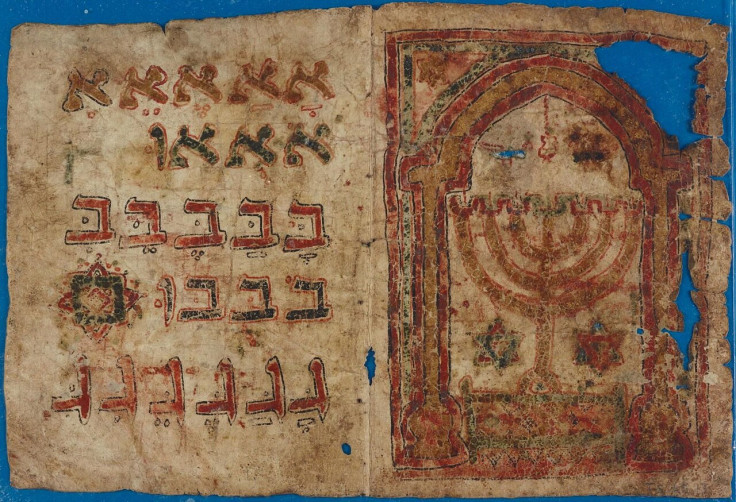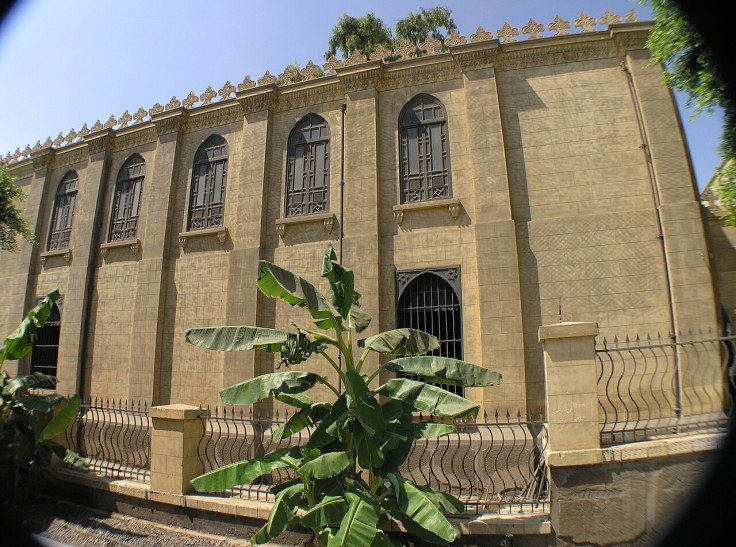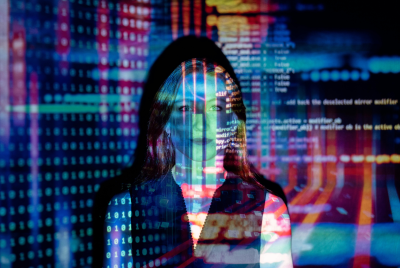'Groundbreaking' AI Tool Unlocks 1,000 Years of Lost History from 400,000 Medieval Pages
AI transcription makes the Cairo Geniza's 1,000-year history more accessible and easier to study

A new artificial intelligence tool will change how we study Jewish history by transcribing the Cairo Geniza, a collection of over 400,000 medieval documents.
For more than a century, researchers have painstakingly examined only a fraction of these manuscripts, which record life in the Jewish communities of the Middle East across a millennium.
This AI project promises to speed up the process on a massive scale. This will enable scholars to access, cross-reference, and analyze these documents much more efficiently. It will also help uncover connections and stories that have long been hidden in disordered fragments.
What's in Cairo Geniza?
The Cairo Geniza is housed in the Ben Ezra synagogue in historic Cairo. This is the largest collection of Jewish manuscripts from the medieval period. The documents, written in Hebrew, Arabic, Aramaic, and Yiddish, cover religious, civic, and everyday life.

Keeping it in a synagogue area helped preserve the papers. Its dry environment stopped decay, keeping thousands of manuscripts safe for centuries. During the medieval period, Cairo outshone cities like Damascus and Baghdad in learning, trade, and Jewish scholarship. This makes the collection a valuable record of early society.
According to Reuters, many manuscripts are fragmented or disorganised, and only around a tenth have previously been transcribed. While the entire collection has been digitised as images online, scholars have struggled to fully catalogue and interpret the 'vast trove'.
Daniel Stokl Ben Ezra from the École Pratique des Hautes Études in Paris, a main researcher on the project, explained that teaching AI to read different handwritten scripts is a complicated job. He also mentioned that the technology can now help piece together fragments into complete documents.
Personal Histories from Cairo Geniza
One example from the project includes a 16th-century letter in Yiddish from a Jerusalem widow, Rachel, to her son in Egypt.
Marginal notes reveal his struggles to survive a plague in Cairo, offering a closer look into medical access at the time.
Researchers hope that similar findings will reveal social, economic, and religious practices over the years. Stokl Ben Ezra compared the project's potential to making a 'Facebook of the Middle Ages'. Users could trace relationships, networks, and interactions over time.
As AI keeps learning and transcribing, experts can better understand the historical and cultural importance of the Cairo Geniza.
How AI Transforms Research for 1,000 Years of Lost Jewish History
By using AI, researchers can now compare names, dates, and places. This makes it easier to spot patterns and understand historical stories. The system gets better over time as human experts review challenging transcriptions. This helps the AI improve its understanding of ancient writing.
'The modern translation possibilities are incredibly advanced now', said Stokl Ben Ezra. 'Interlacing all this becomes much more feasible, much more accessible to the normal reader, not just specialists'.
More importantly, the AI breakthrough could help historians, linguists, and the general public explore everyday life in medieval communities. They can look into every aspect of life a millennium ago in ways that were not possible before.
Funded by the European Research Council, the project brings together researchers from multiple universities and institutions. Using the National Library of Israel's digital database of the Cairo Geniza, the AI system is also designed to make the manuscripts accessible to the public.
© Copyright IBTimes 2025. All rights reserved.





















